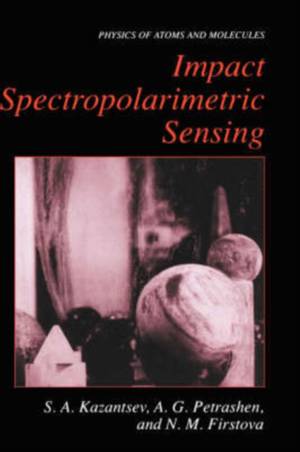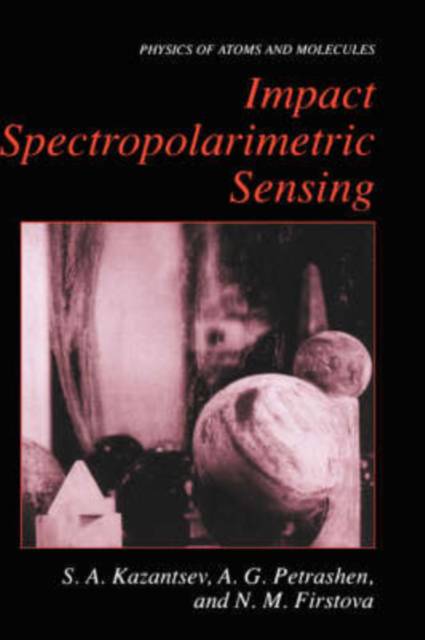
Je cadeautjes zeker op tijd in huis hebben voor de feestdagen? Kom langs in onze winkels en vind het perfecte geschenk!
- Afhalen na 1 uur in een winkel met voorraad
- Gratis thuislevering in België vanaf € 30
- Ruim aanbod met 7 miljoen producten
Je cadeautjes zeker op tijd in huis hebben voor de feestdagen? Kom langs in onze winkels en vind het perfecte geschenk!
- Afhalen na 1 uur in een winkel met voorraad
- Gratis thuislevering in België vanaf € 30
- Ruim aanbod met 7 miljoen producten
Zoeken
€ 279,45
+ 558 punten
Uitvoering
Omschrijving
This book arises from the significant quantity of original results in the field of impact spectropolarimetry, mainly for solar flare studies, and the evident potential applications of this technique to environmental physics, astrophysics, and hot plasma. This is a practically oriented book, describing theoretical fundamentals and implementation of this new interdisciplinary remote sensing technique. A basic phenomenon for impact spectropolarimetric sensing is the polarization ofthe electron shells of an ensemble of free atomic particles (atoms, ions, molecules) due to collisional interaction. Slow collisions in the presence of internal anisotropies in the relative velocity space inside any ionized medium, as well as bombardment of a diluted gas by fast precipitating light projectiles, are analyzed in detail as principal impact polarization mechanisms. Impact spectro- polarimetric sensing incorporates state-of-the-art theoretical methods of colli- sional physics in combination with reliable polarimetric measurements. This technique is illustrated by the new quantitative sensing of energy transport to the upper region of the chromosphere during solar flares, making use of ground- based solar spectropolarimetric observations. Apart from general astrophysical and solar-terrestrial significance, a solar flare, the brightest nonthermal phenomenon, is a good candidate for the demonstration of new opportunities of impact spectropolarimetry. New astrophysical achievements of quantitative spectropolarimetry are particularly considered in this book. The theoretical part presents a quantum mechanical description of impact polarization and the spectropolarimetric manifestations for different energies of the colliding partners.
Specificaties
Betrokkenen
- Auteur(s):
- Uitgeverij:
Inhoud
- Aantal bladzijden:
- 361
- Taal:
- Engels
- Reeks:
Eigenschappen
- Productcode (EAN):
- 9780306458927
- Verschijningsdatum:
- 31/08/1999
- Uitvoering:
- Hardcover
- Formaat:
- Genaaid
- Afmetingen:
- 156 mm x 234 mm
- Gewicht:
- 703 g

Alleen bij Standaard Boekhandel
+ 558 punten op je klantenkaart van Standaard Boekhandel
Beoordelingen
We publiceren alleen reviews die voldoen aan de voorwaarden voor reviews. Bekijk onze voorwaarden voor reviews.









